Credits
Feature by: Adam Balz, David Carter, Katherine Follett, Cullen Gallagher, Leo Goldsmith, Jenny Jediny, Stephen Snart, Thomas Scalzo, Timothy Sun, Rumsey Taylor, and Tyler Wilcox
Posted on: 04 August 2010
Related articles:
This is the second in our series of Favorites, our semi-annual canonizations of particular cinematic genres, movements, themes, and geographies. Much like the first entry in this series, The Action Movie, and our annual celebration of the horror genre, 31 Days of Horror, this feature is to be construed as a broad yet selective overview, and will be comprised of reviews published in a random order over the course of a month.
By the time Albert Einstein published his theory of relativity in May 1905, the mutability of space and time – their ability to be stretched and collapsed and easily traversed – was already a familiar concept. The sense that time and space were unreal, that they were not absolute principles but subjective abstractions to be reconsidered and even overcome, must have seemed all the more plausible in the face of modernity’s new achievements. For example, rapid motorized transportation, whose advent had quite suddenly made the world seem a much smaller place, was Einstein’s favored means of demonstrating spatial relativism. And even if the notion of the relativity of time was more abstract, the concept of navigating one’s way through it, just as one would travel the globe, was at very least an established trend in contemporary fiction. H.G. Wells had been proffering the idea of for a couple of decades – first in his 1888 story “The Chronic Argonauts” and then in his 1895 novel The Time Machine – but he was hardly the first to do so. Even before Wells, the idea had already taken hold in an astonishing variety of places: Russia, with science-fiction pioneer Alexander Veltman’s 1836 novel The Forebears of Kalimeros, probably the first literary mention of a time machine; Argentina, with Enrique Gaspar y Rimbau’s El anacronópete; in the United States, with Edward Page Mitchell’s 1881 story “The Clock that Went Backward” and Mark Twain’s masterful 1889 satire A Connecticut Yankee in King Arthur’s Court; in France, with Pierre Boitard’s 1861 speculative natural history Paris Before Man; and in England, with Lewis Carroll’s 1889 novel Sylvie and Bruno, which features a device called the Outlandish Watch, which can turn back time or play an hour backwards.1
In spite of the best efforts of these writers – some serious, others less so – the concrete details of the relativity of time (not to mention the practical means of actually traveling through it) has proved a rather difficult idea to grasp. And despite the best efforts of Stephen Hawking and the exotic convolutions of modern physics, it largely remains so. But a mere decade before Einstein rewrote the book on time and space, the development and proliferation of the equally outlandish motion picture apparatus may have provided the best means of manipulating time, if only to freeze, capture, and analyze it in detail. After all, cinema is itself a time machine: with its ability both to counter time’s inexorable movement – to freeze it in its course – and to preserve it so that it may be played back according to our will. Film may not be as versatile a means of traveling through time as Wells’ device, but it’s a start. And even if it is not as sporty as Back to the Future’s DeLorean, or as mystical as Beastmaster 2’s time-transporting laser gun, film theorists have long romanticized the cinema’s part-scientific, part-supernatural properties of time manipulation. André Bazin had a name for cinema’s mysterious power – “change mummified” – which links the medium’s capacity to simultaneously arrest time and preserve its flow with the religions of the pharaohs. Taking things a step further, the philosopher Gilles Deleuze found the key to the paradox of time in what he calls, with New Age overtones, the “crystal-image” of cinema: “What the crystal reveals or makes visible is the hidden ground of time, that is, its differentiation into two flows, that of presents which pass and that of pasts which are preserved.”
Such lofty claims for the powers of the moving image suggest that there’s only a short (quantum) leap from the theories of Deleuze to the physics behind Masters of the Universe. Indeed, as our sturdiest, most affordable means of moving across time, cinema has offered narratives of temporal navigators – from bands of time-roving dwarfs to 19th century dukes who journey to present-day New York and fall in love with Meg Ryan – with a remarkable consistency of narrative tropes and pseudoscientific explanations. As mass-entertainment, the movies attempt to summon and satisfy our most urgent desires—and what is more urgent than our desire to cheat death? To reverse regretful decisions? To reclaim lost loves? To determine our personal fates or to know the origins and destinies of the universe? To ride down a waterslide with Napoleon?
Though it’s not always addressed with such seriousness of purpose in the movies, time travel, with its conundrums of causality and ontology, paradoxes about twins and grandfathers, is a fairly complicated business to wrap one’s brain around. And while we make no great claims about our contribution to theoretical physics – Deleuze’s crystals might be just as good a way of mastering time as machines or watches or portals or wormholes or police boxes – our feature nonetheless seeks to examine the ways in which different films address the bold claims of Einstein and his descendants. For the next month, we’ll be looking at a selection of entries in the genre, both familiar and unfamiliar, that explore the conundrums of time travel with scientific acuity, gooey sentimentality, crystal-mysticism, or plain old wishful thinking.
Introduction by Leo Goldsmith
- There were, of course, a number of still earlier precursors to Einstein’s preoccupation with time travel. Curiously, the ancient Sanskrit epic The Mahabharata contains not only the earliest time travel story, but also one of the most scientifically accurate, at least by the reckoning of modern physicists: King Revaita journeys into the heavens and meets Brahma, then returns home to find that centuries have passed in what seemed to him a very short period of time. (In relativistic terms, this is known as time dilation, a more earthbound, sleep-induced variation of which can be found in Washington Irving’s 1819 story “Rip Van Winkle.”) But it wasn’t until the 19th century that the notion of traveling proliferated more widely.↩
| Bill and Ted’s Excellent Adventure | 1989 |
| Trancers | 1985 |
| The Time Machine | 1960 |
| Groundhog Day | 1993 |
| Warlock | 1989 |
| The Navigator | 1988 |
| Tomorrow I’ll Wake Up and Scald Myself with Tea | 1977 |
| The Spirit of ’76 | 1990 |
| Flight of the Navigator | 1986 |
| La jetée | 1962 |
| Twelve Monkeys | 1995 |
| Beastmaster 2: Through the Portal of Time | 1991 |
| Peggy Sue Got Married | 1986 |
| Time After Time | 1979 |
| Somewhere in Time | 1980 |
| Back to the Future | 1985 |
| Back to the Future Part II | 1989 |
By Adam Balz, David Carter, Katherine Follett, Cullen Gallagher, Leo Goldsmith, Jenny Jediny, Stephen Snart, Thomas Scalzo, Timothy Sun, Rumsey Taylor, and Tyler Wilcox ©2010 NotComing.com
Reviews
-

Bill and Ted’s Excellent Adventure
1989 -
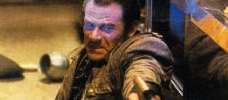
Trancers
1985 -

The Time Machine
1960 -

Groundhog Day
1993 -

Warlock
1989 -

The Navigator
1988 -
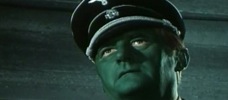
Tomorrow I’ll Wake Up and Scald Myself with Tea
1977 -
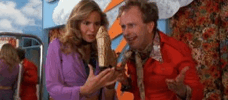
The Spirit of ‘76
1990 -
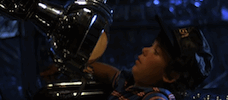
Flight of the Navigator
1986 -
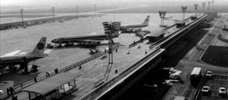
La jetée
1962 -
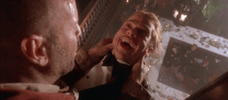
Twelve Monkeys
1995 -

Beastmaster 2: Through the Portal of Time
1991 -
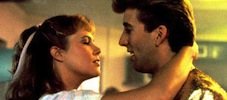
Peggy Sue Got Married
1986 -
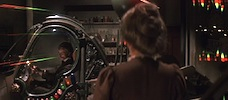
Time After Time
1979 -
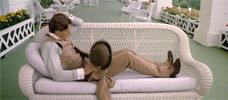
Somewhere in Time
1980 -
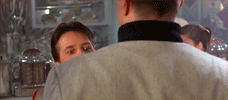
Back to the Future
1985 -

Back to the Future Part II
1989 -

Back to the Future Part III
1990 -
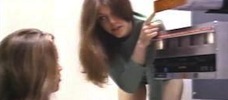
Idaho Transfer
1973 -
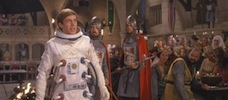
Unidentified Flying Oddball
1979 -
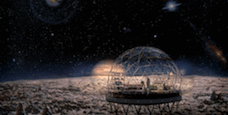
Slaughterhouse-Five
1972 -

The Lake House
2006 -

Time Bandits
1981 -
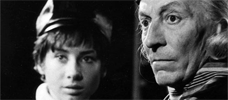
Doctor Who
1963–present -
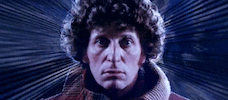
Doctor Who
1963–present
We don’t do comments anymore, but you may contact us here or find us on Twitter or Facebook.



